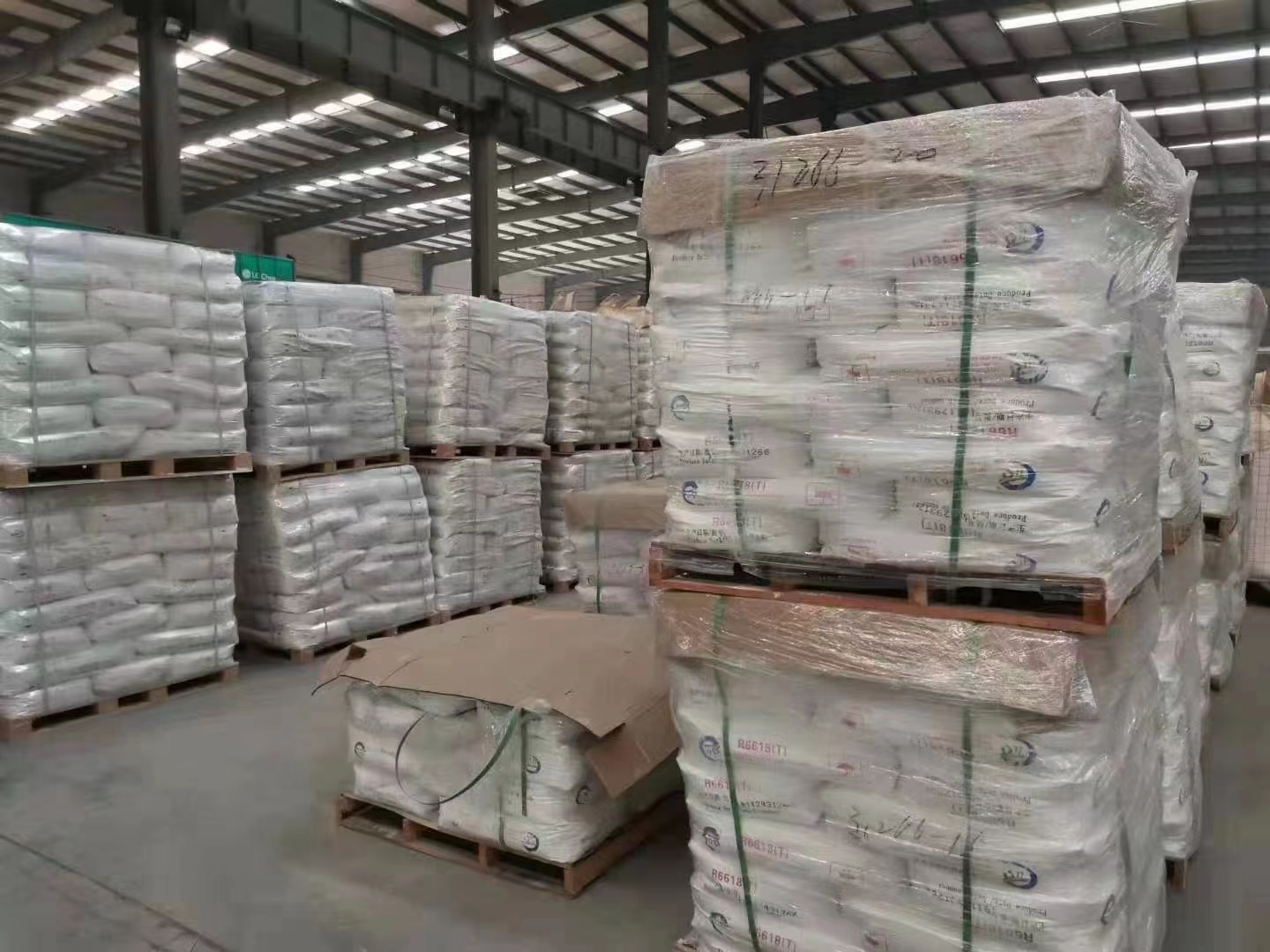
Dez . 19, 2024 12:05 Back to list
wholesale anatase and rutile tio2
Wholesale Anatase and Rutile TiO2 An Overview of Their Properties, Applications, and Market Trends
Titanium dioxide (TiO2) is one of the most widely used materials in various industries, primarily due to its excellent properties, such as high refractive index, strong UV resistance, and non-toxic nature. Among the three main crystal forms of titanium dioxide—anatase, rutile, and brookite—anatase and rutile are the most commercially significant. This article explores the characteristics, applications, and current market trends regarding wholesale anatase and rutile TiO2.
Characteristics of Anatase and Rutile TiO2
Anatase and rutile are polymorphs of titanium dioxide, differing primarily in their crystalline structure and thus their properties. Anatase has a tetragonal crystal structure, which contributes to its higher band gap energy compared to rutile. This property makes anatase more effective as a photocatalyst, particularly in environmental applications. On the other hand, rutile, which has a more stable tetragonal structure, exhibits excellent pigmentation and scattering properties, making it the preferred choice for high-performance coatings and plastics.
Applications
1. Pigment Industry The most significant application for both anatase and rutile TiO2 is in the pigment industry. Rutile TiO2 is commonly used in paints, coatings, and plastics due to its superior opacity and durability. Its high refractive index enhances the brightness and whiteness of products. Anatase TiO2, while not as commonly used in pigments, finds its niche in specialized applications requiring photocatalytic properties, such as self-cleaning surfaces and environmental remediation technologies.
2. Photocatalysis Anatase TiO2 is renowned for its photocatalytic capabilities, being utilized in processes such as water purification, air treatment, and solar energy conversion. Its ability to break down organic pollutants when exposed to UV light makes it an integral component in developing eco-friendly products and technologies.
3. Electronics Both forms of TiO2 are used in the electronics industry, particularly in the production of capacitors and piezoelectric devices. The unique electrical properties of TiO2 in its various forms make it suitable for a wide range of electronic applications.
4. Cosmetics and Sunscreens Due to its UV-blocking properties, TiO2 is widely used in cosmetics and sunscreen formulations. Rutile TiO2 is more common here because of its effectiveness in providing a white pigment while offering UV protection without the sticky feeling that some alternatives present.
wholesale anatase and rutile tio2

Market Trends
The market for wholesale anatase and rutile TiO2 is influenced by several key factors
1. Growing Demand for Eco-Friendly Products As industries increasingly move toward sustainable practices, the demand for environmentally friendly materials is on the rise. This shift benefits anatase TiO2, especially in applications involving photocatalysis for environmental cleanup and air purification.
2. Advancements in Technology Technological advancements in the production and processing of TiO2 are enhancing its applications. For example, innovations in nanotechnology are enabling the development of more efficient photocatalytic materials, promising even broader applications in energy and environment sectors.
3. Competitive Pricing Despite a growing demand, the pricing of TiO2 remains a critical factor. While the cost of production can fluctuate due to raw material prices, manufacturers are constantly finding ways to optimize supply chains and reduce costs, making TiO2 more accessible to various industries.
4. Regulatory Factors Regulations related to environmental safety and health standards can significantly impact the TiO2 market. Recent studies suggest potential health risks associated with inhaled TiO2 particles, prompting regulatory scrutiny. Manufacturers are thus focusing on compliance with safety standards while ensuring product efficacy.
Conclusion
Wholesale anatase and rutile TiO2 are vital materials across numerous industries, each serving unique but sometimes overlapping roles. As the market continues to evolve, driven by sustainability concerns, technological innovations, and regulatory landscapes, these two forms of titanium dioxide will likely remain at the forefront of industrial applications. Understanding their distinct properties and the trends shaping their market will be crucial for businesses looking to leverage TiO2 in their products and strategies.
-
China Titania TiO2 Manufacturer: High-Purity Pigment & Bulk
NewsAug.27,2025
-
Rutile Titanium Dioxide for Paint Factories | Premium Industry Grade
NewsAug.26,2025
-
Premium Rutile TiO2 R816 for Coating & Paints Suppliers
NewsAug.25,2025
-
Buy 6618 Titanium Dioxide: Pure, Bright, Bulk Availability
NewsAug.24,2025
-
Top 13463-67-7 Titanium Dioxide Coating Supplier | High-Grade Rutile
NewsAug.23,2025
-
R960 TiO2: High-Performance Pigment for Brightness & Durability
NewsAug.22,2025
